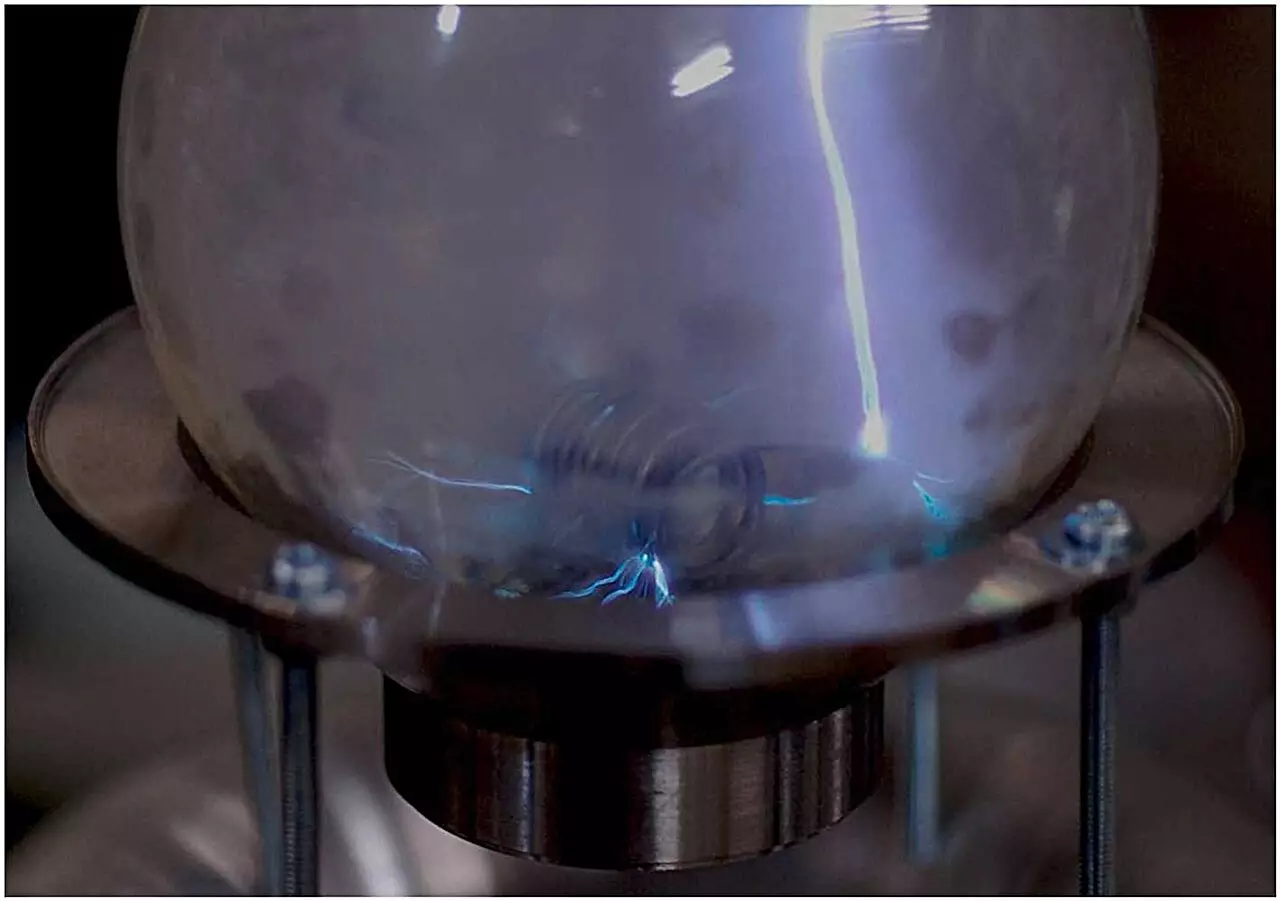Recent advancements in polymer chemistry have taken a revolutionary turn with a groundbreaking technique developed by researchers at the University of Tsukuba. The innovation lies in the utilization of a Tesla coil, a high-voltage generator capable of producing remote spark discharges, to synthesize widely used polymers like polystyrene. This method significantly diverges from traditional practices that rely heavily on metal catalysts and polymerization initiators, marking a potentially transformative step in the field of synthetic polymer chemistry. A detailed account of this study was published in the journal Next Materials.
Historically, the synthesis of polymers such as polystyrene and acrylic resins—the backbone of various plastic products like food containers and packaging—has depended largely on specific catalysts and initiators. However, these conventional methods often have limitations regarding efficiency and purity. The introduction of remote spark discharge methods harnessing the power of electromagnetic waves allows for a cleaner and more direct synthesis process. Researchers from Tsukuba University have meticulously outlined how this technology eliminates the need for these traditional substances, paving the way for an environmentally friendlier approach to polymerization.
This new technique presents enormous implications for environmental sustainability. By reducing reliance on traditional catalysts and polymerization initiators, the researchers have crafted a method that can potentially minimize the environmental footprint of polymer production. Moreover, the high-purity output of polystyrene and polymethyl methacrylate (PMMA)—both critical materials in food-grade applications—underscores the relevance of this breakthrough for consumer safety and material integrity. As global concerns regarding plastic waste and chemical pollutants intensify, innovations such as this one may offer pathways to produce polymers that not only meet industrial demands but do so with reduced ecological harm.
The research team’s previous experience in developing polymerization techniques for conductive polymers serves as a strong foundation for this latest study. Their adeptness in polymer science enables systematic exploration of the capabilities provided by spark discharge treatments. Remarkably, the utilization of “solitons,” or stable wave pulses generated by the high-frequency discharges, as initiators for synthesizing conjugated polymers is a pioneering strategy that could influence the future of electronic materials and devices.
The implications of this research extend beyond simple synthesis; they herald a new era of material science driven by innovative methodologies. The use of electromagnetic waves in creating high-quality polymers illustrates a significant departure from established practices and hints at the potential for further exploration of alternative energy sources in material synthesis. As researchers continue to experiment with these novel techniques, the landscape of synthetic polymer chemistry awaits a transformation that could redefine production standards and enhance the sustainability of plastic materials. This study not only exemplifies cutting-edge scientific progress but also reinforces the importance of marrying technological advancement with environmental consciousness.

